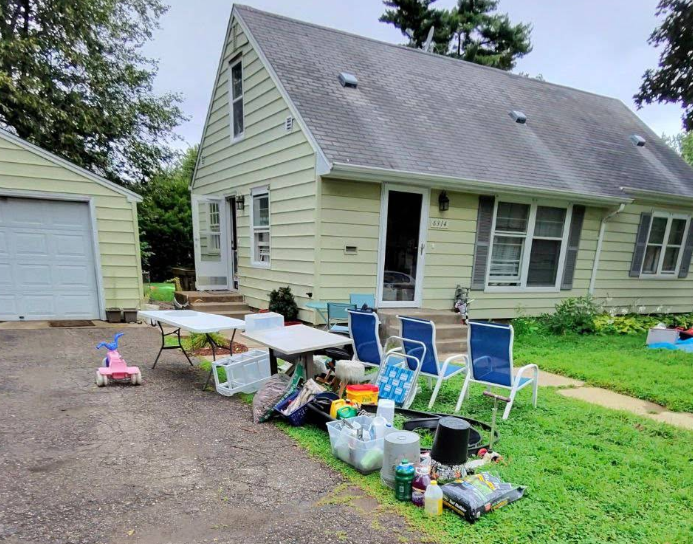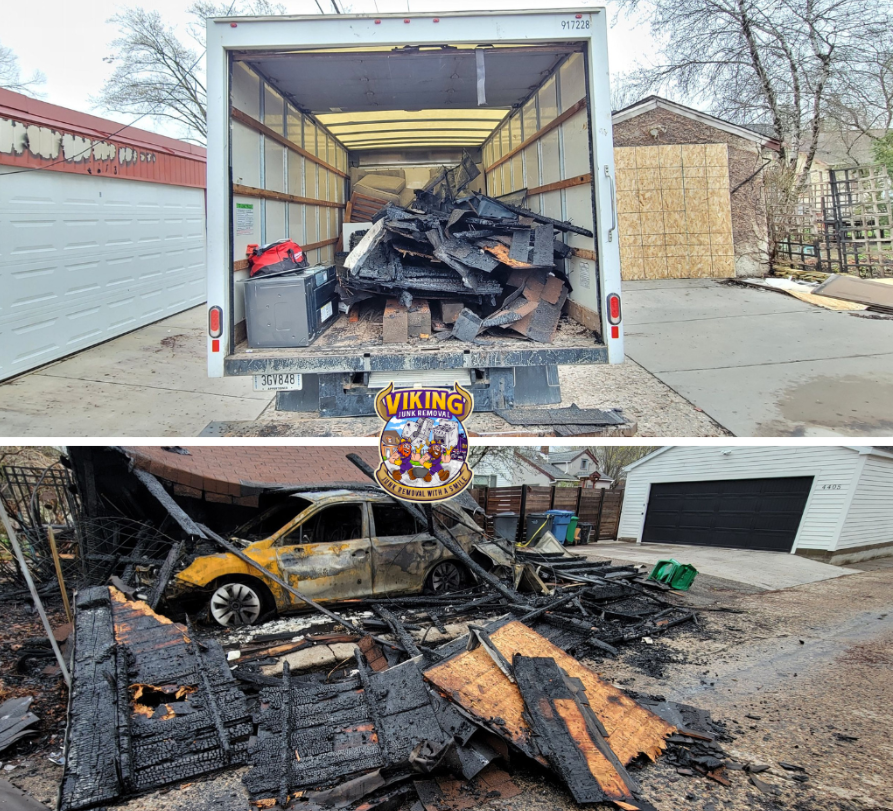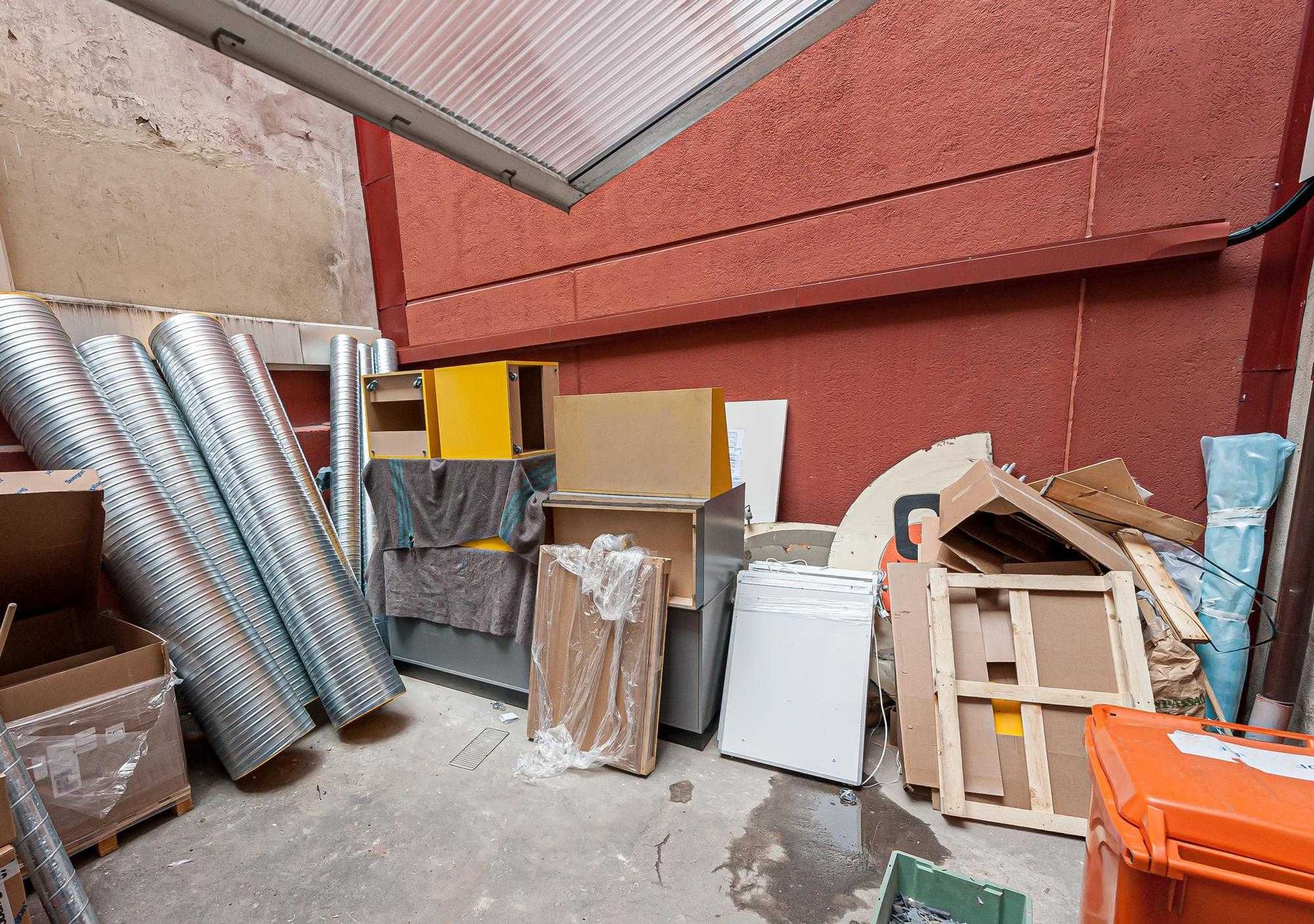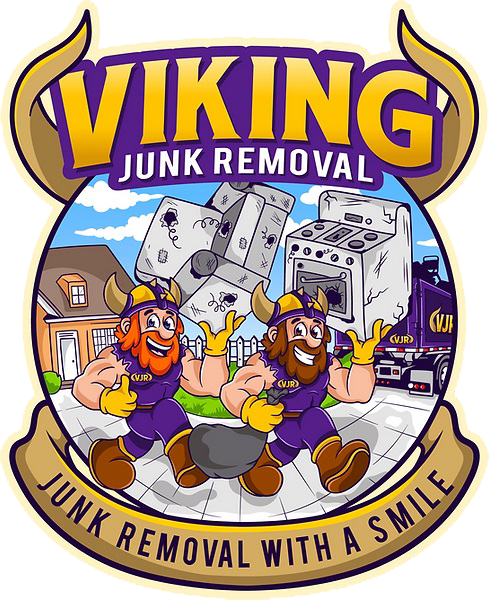Hoarder Cleanout: How to Tackle the Emotional and Physical Challenges
Before even lifting a box or moving a single item, it’s crucial to step into the storm with empathy. Hoarding isn’t merely a matter of clutter—it's often tied to deep emotional currents, childhood trauma, or underlying mental health conditions. What may appear as chaos to the outsider might feel like safety to the one who owns it. The relationship between memory and material runs deeper than dust or decay.
In these scenarios, addressing the root cause matters as much as removing the piles. Discarding items without understanding can trigger distress, resistance, or even panic. Compassion must walk hand in hand with physical effort, creating a space that isn’t just clean, but emotionally cleared. Patience often proves more powerful than any trash bag.
Preparing Yourself Mentally for the Cleanout Journey
Stepping into a hoarded home is like entering a space frozen in time—cluttered not just with objects but emotions, memories, and unresolved stories. It can be deeply overwhelming, even for seasoned professionals. There’s no real way to sugarcoat it: this is tough work, and your mental stamina will be tested. Be prepared for emotional resistance, sudden bursts of attachment, or moments that stop you cold.
The key is to suit up internally just as much as you do physically. Expect setbacks, anticipate breakdowns, and build in room for pauses. Detachment doesn’t mean being cold—it means being steady. Understand that each object may hold history, and that unraveling it takes care, time, and patience. This isn’t about speed; it’s about progress, however slow. Think of it as emotional archaeology—every layer tells a story, and you’re there to gently uncover it.
Strategizing Before You Step Inside the Clutter
Imagine launching into a cleanout without a plan—it’s like trying to solve a maze with no sense of direction. Strategy isn’t optional; it’s survival. Before you lift a single box or bag, take stock. Walk through the home (if safe), and chart a game plan. Where are the critical areas? What spaces are health risks? Which zones are emotionally loaded? Rank them in order of urgency and accessibility. Designate staging areas for sorting: keep, toss, donate, and maybe.
Assign roles if you have help—who’s in charge of trash, who’s doing emotional check-ins? Create mini-goals, like clearing a closet or countertop, and celebrate those micro-wins. Strategy helps keep overwhelm at bay and gives clarity in chaos. Even the most intense cleanouts are doable with a map in hand. You don’t just need muscle—you need method, flexibility, and a whole lot of patience.
Balancing Compassion with Necessary Boundaries
When sorting through someone’s hoard, you’re not just dealing with stuff—you’re navigating layers of meaning, emotion, and vulnerability. That cracked vase might be tied to a loved one’s memory. Those stacks of papers could represent control or comfort. But to move forward, there must be a balance: compassion without capitulation. It’s easy to want to accommodate every sentiment, but doing so can paralyze the process.
Set clear, agreed-upon rules: time limits per room, a “maybe” bin, a photo journal of sentimental but impractical items. Use gentle language, offer choices, but stay the course. Hoarding thrives in emotional ambiguity. By staying kind but consistent, you build trust without stalling momentum. This isn’t about bulldozing emotions—it’s about creating structure so healing can happen. Progress doesn’t come from confrontation, but from compassionate firmness that says: “I hear you—and I’m still helping you move forward.”
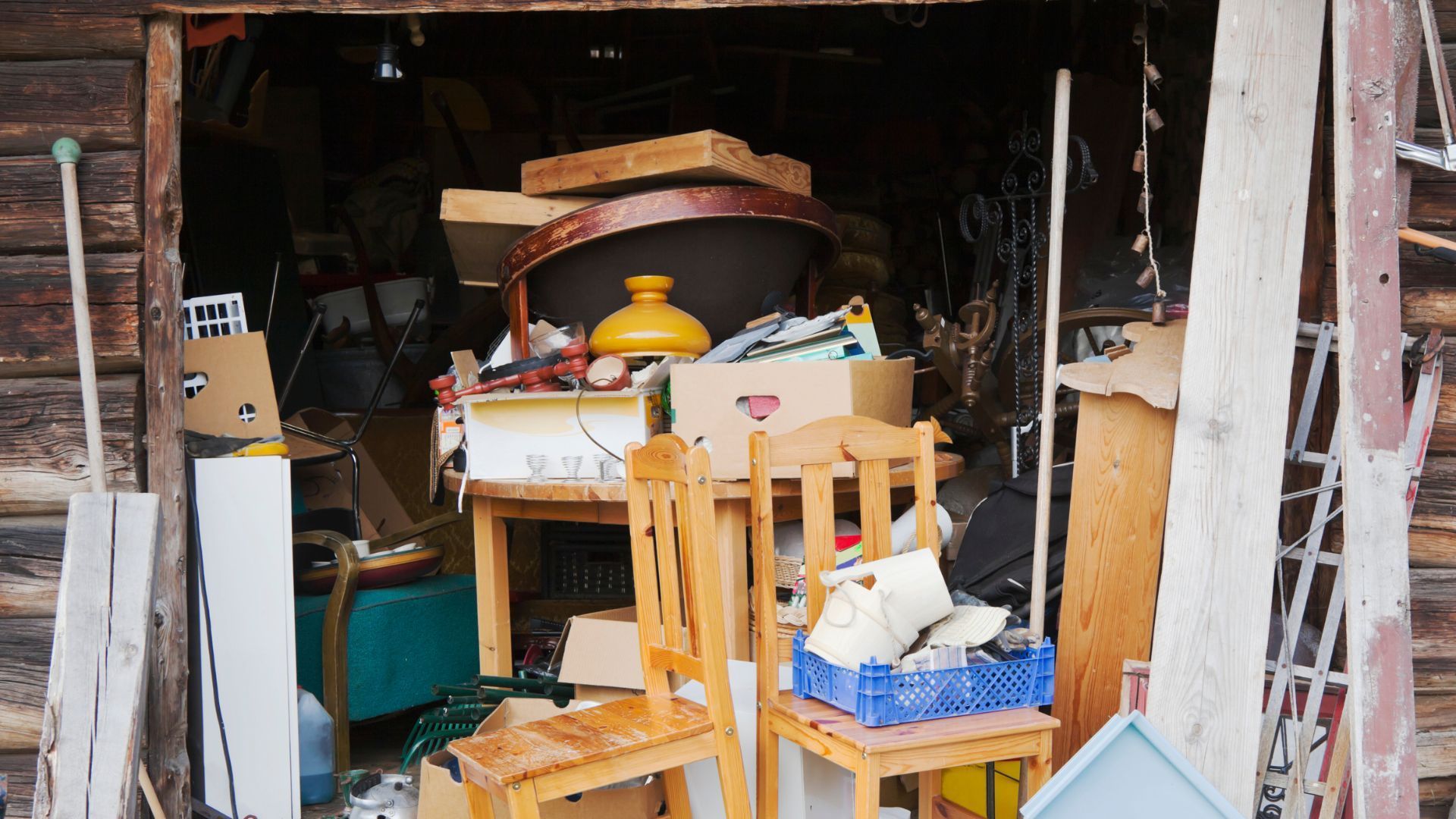
Navigating Family Dynamics During the Process
When a family confronts a hoarded home, it’s rarely just about the mess. Long-standing tensions, generational differences, and buried resentments tend to bubble up fast. One sibling might want to throw everything out, while another clings to every childhood toy. These emotional collisions can derail the cleanout quicker than any pile of clutter. Establishing clear roles and boundaries early helps minimize drama.
Who makes decisions? Who mediates disputes? If possible, bring in a neutral party like a therapist or professional organizer to steer the process objectively. Regular check-ins are vital—use them to regroup, reassess, and remind everyone of the shared goal. This is a highly charged, deeply personal experience. The more emotionally aware and communicative everyone is, the smoother things will go. The goal isn’t just a clean space—it’s to get through the process without permanently damaging family bonds.
Recognizing Health Hazards Hidden Beneath the Piles
A hoarded home may look like a dusty mess, but often, the dangers go far deeper. Beneath that stack of magazines might be black mold creeping along the baseboards. Inside that old wardrobe? Rodents. Some hazards are airborne—mold spores, dust mites, even the fine particles from disintegrating materials can trigger serious respiratory issues. Others are physical—weak flooring, unstable stacks of boxes, or hidden sharp objects.
That’s why personal protective equipment isn’t just a suggestion; it's non-negotiable. Masks, gloves, goggles, and sometimes even full protective suits may be necessary. If it smells off, feels damp, or makes you dizzy, listen to those cues—your body often senses what your eyes can’t yet see. Never sacrifice your health for the sake of sentimentality. The priority should always be safety. You can’t help clean out someone’s world if you’re endangering your own.
Creating a Space of Trust and Progress
Hoarding is often rooted in secrecy, shame, and fear. That means trust is everything. If the person living in the home feels judged or bulldozed, the entire process can grind to a painful halt. The goal is not to impose—it’s to walk alongside. That might mean starting in an easier room, letting them choose what to tackle first, or even just spending time listening before a single bag is packed. Build rapport through consistent, respectful actions.
Avoid harsh words like “junk” or “disgusting.” Celebrate small wins—a cleared shelf, a reorganized drawer. Validate the emotions tied to items, even if the item itself goes in the trash. Remember, you’re not just cleaning a space—you’re restoring autonomy and hope. Progress comes faster when the person feels seen and empowered, not pushed. It’s not just their space you’re reclaiming—it’s their self-worth too.
Knowing When Professional Help Is Essential
There comes a point in some cleanouts where heart and hustle aren’t enough. When the mess is too large, the emotions too raw, or the environment too dangerous, calling in professionals isn’t weakness—it’s wisdom. Expert hoarding cleanup crews don’t just show up with trucks and gloves; they bring structured systems, emotional neutrality, and, often, a mental health-informed approach. They understand the psychological minefield and can maintain momentum without emotional burnout.
In cases involving biohazards—think mold, animal waste, rotting food—special equipment and permits may be required. Even the structural integrity of the home could be compromised. And emotionally, sometimes a therapist or social worker is needed to support both the hoarder and their family. Know your limits. You don’t have to do it all alone. Recognizing when to bring in reinforcements isn’t quitting—it’s choosing the safest and most effective path forward.
What Comes After the Cleanout is Just as Important
An empty room can be beautiful—or terrifying. After a cleanout, the physical work might be done, but emotional and behavioral patterns often linger. Without a plan, it’s easy to slide back into old habits. That’s why the “after” needs just as much attention as the “during.” Consider building a maintenance schedule—weekly decluttering sessions, monthly check-ins, or visual inventories. Therapy or support groups can provide ongoing emotional help.
Even hiring a professional organizer to do seasonal refreshes might be a game-changer. Create systems that feel manageable and uplifting, not restrictive. Introduce new routines slowly and celebrate consistency, not perfection. The goal is to help the person feel confident in maintaining their reclaimed space. Think of it as planting seeds—small efforts today will grow into long-term stability. A clean home is only the beginning; living free from the weight of the past is the real reward.
Transforming the Home Without Erasing the Past
A hoarded home often holds decades of memories, making it sacred ground in many ways. But transformation doesn’t have to mean erasure. The key is to curate, not discard blindly. Encourage keeping meaningful items in ways that honor them—a scrapbook, shadow box, or even a dedicated memory shelf. These gestures acknowledge the past while gently shifting focus to the future. As clutter leaves, invite in light—literally and metaphorically.
Open windows, repaint walls, introduce cozy furniture, and bring life back into the space. Change the narrative from “I lost everything” to “I chose what matters most.” This phase is deeply symbolic. It shows that it’s possible to honor one’s story without living inside it. Transformation should feel empowering, not disorienting. The home becomes more than just clean—it becomes a place of renewal. A place where living begins again—not under the weight of the past, but with the lightness of new beginnings.
Conclusion
Tackling a hoarder cleanout is a deeply emotional and physically demanding journey. It requires not only practical skills but also a deep understanding of the emotional complexities involved. As you work through piles of accumulated belongings, navigating the delicate balance between letting go and holding on is key. Viking Junk Removal, located in Minneapolis, USA, offers expert services to guide you through this process with sensitivity and care.
Their team is highly trained in handling hoarding situations, ensuring that the cleanout is done safely, efficiently, and with the utmost respect for the person involved. Whether you're working through the cleanout with a loved one or managing a property on behalf of someone else, Viking Junk Removal brings both professionalism and compassion to every project. Call them at 612- 448-9506 or email sales@vikingjunkremovalmn.com. Visit https://www.vikingjunkremovalmn.com to schedule your consultation and begin your cleanout journey today.

